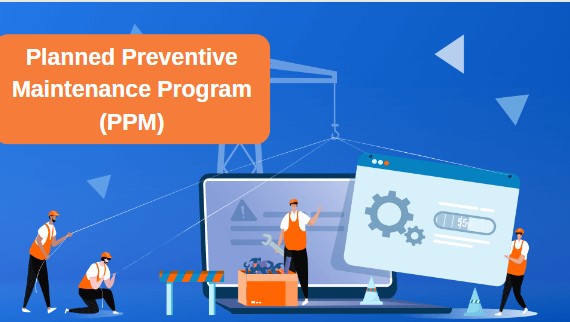
What is Planned Preventive Maintenance Program
Viki Dongare |
12 Mar 2024 |
06:30 AM
- What is planned maintenance?
- Understanding the importance of preventive maintenance
- Benefits of Planned Preventive Maintenance programs
- Types of Maintenance Strategies
- Implementing Planned Preventive Maintenance
- Creating a Planned Maintenance Checklist
- Benefits of a Planned Maintenance Program
- Creating a Preventive Maintenance Plan
- Elements of a Successful Preventive Maintenance Program
- Comparison: Planned vs. Reactive Maintenance
- Conclusion
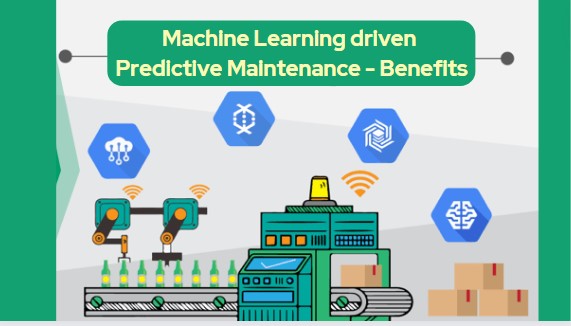
Benefits of Using Machine Learning in Predictive Maintenance
Madhurima Sanyal 28 May 2024 | 07:17 AMUnlock the potential of predictive maintenance with machine learning and AI, ensuring optimized equipment reliability and operational efficiency for businesses across diverse industries....
What is planned maintenance?
In the realm of facility management, Planned Preventive Maintenance (PPM) ensures smooth operations, prolonged asset lifespan, and cost-efficiency. At its core, planned maintenance encompasses a proactive approach to facility upkeep, aiming to preemptively address potential issues before they escalate into costly breakdowns or disruptions.
Understanding the importance of preventive maintenance
The significance of preventive maintenance plan serves as a shield against unexpected downtimes, minimizing disruptions to operations and ensuring optimal productivity. By conducting routine inspections and addressing wear and tear promptly, planned maintenance mitigates the risk of catastrophic equipment failures, thereby safeguarding both personnel safety and organizational assets.
Differentiating between planned and reactive maintenance
So, what precisely is planned maintenance? It's a preventive maintenance strategy that involves systematically scheduling routine maintenance tasks and inspections based on predetermined intervals or specific criteria. Unlike reactive maintenance, where repairs are made in response to equipment failure, planned maintenance operates on a proactive basis, tackling issues before they spiral into larger problems.
Differentiating between planned and reactive maintenance is important. While reactive maintenance operates on a "fix it when it breaks" mentality, planned maintenance adopts a more strategic and preemptive approach. Reactive maintenance often incurs higher costs due to emergency repairs and associated downtime, whereas planned maintenance allows for budgeting and resource allocation in advance.
Benefits of Planned Preventive Maintenance programs
Planned Preventive Maintenance (PPM) plan offer a multitude of benefits, making them indispensable for organizations aiming to optimize their operations and asset management practices.
Increase workplace safety

One of the foremost advantages of a preventive maintenance schedule is the enhancement of workplace safety. By proactively identifying and addressing potential hazards through regular inspections and maintenance tasks, PPM programs create a safer working environment for employees, minimizing the risk of accidents and injuries.
Enhance productivity and efficiency
PPM programs contribute significantly to enhancing productivity and efficiency within an organization. By ensuring that equipment and facilities are operating at optimal levels through preventive maintenance tasks, downtime is minimized, and operational efficiency is maximized, leading to improved productivity across various departments.
Extend the lifespan of assets
Additionally, PPM programs play a pivotal role in extending the lifespan of assets. Regular maintenance and upkeep prevent premature wear and tear, prolonging the longevity of equipment and infrastructure investments. This not only saves costs associated with frequent replacements but also ensures a higher return on investment over the asset's lifecycle.
Reduce maintenance costs
PPM programs also help in reducing maintenance costs in the long run. By addressing issues proactively before they escalate into major problems, organizations can avoid expensive emergency repairs and downtime-related expenses.
Promote customer satisfaction
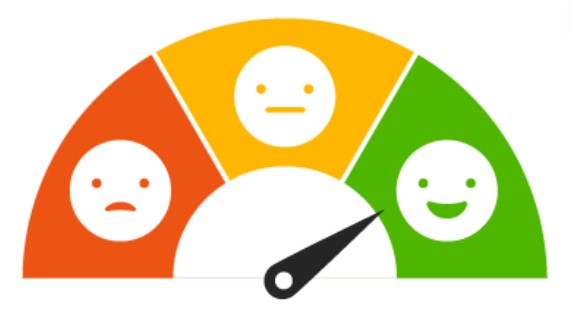
Lastly, by ensuring reliable operations and minimizing disruptions, PPM programs promote customer satisfaction. Consistently delivering on commitments and maintaining service quality fosters trust and loyalty among customers, enhancing the organization's reputation and market competitiveness.
Types of Maintenance Strategies
Planned Preventive Maintenance schedule
PPM is a proactive approach to maintenance that involves scheduling routine inspections, repairs, and replacements at predetermined intervals or based on specific criteria. By conducting preventive maintenance tasks regularly, organizations can identify and address potential issues before they escalate into costly breakdowns or disruptions.
Reactive Maintenance
Reactive maintenance, also known as breakdown maintenance, involves addressing equipment failures and issues as they occur. This strategy focuses on fixing problems after they arise rather than proactively preventing them. While reactive maintenance can be suitable for minor issues, it often leads to higher maintenance costs and increased downtime.
Corrective Maintenance
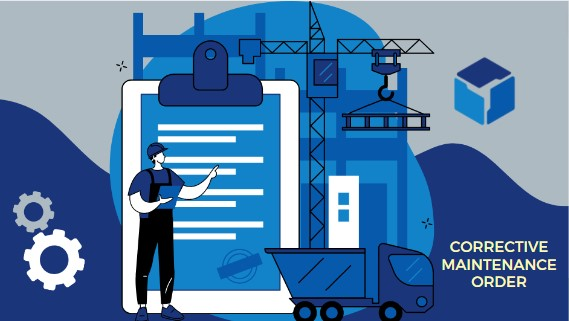
Corrective maintenance involves repairing or replacing equipment after it has failed or shown signs of deterioration. Unlike reactive maintenance, corrective maintenance may involve more extensive repairs to restore equipment to its optimal functioning state. This strategy aims to rectify issues promptly to minimize disruptions to operations.
Opportunistic Maintenance
Opportunistic maintenance involves taking advantage of planned downtime or scheduled maintenance activities to address additional maintenance tasks or upgrades. This strategy allows organizations to optimize their maintenance efforts and maximize the efficiency of maintenance activities.
Planned Unscheduled Maintenance
Planned unscheduled maintenance refers to maintenance activities that are not part of the regular preventive maintenance schedule but are planned in advance based on specific needs or circumstances. This may include addressing unforeseen issues or conducting additional maintenance tasks to ensure equipment reliability and performance.
Implementing Planned Preventive Maintenance
Steps to implement planned maintenance
Step 1: Utilize planned maintenance software-
Implementing planned maintenance begins with selecting the right software to streamline the process. Planned maintenance software helps in scheduling maintenance tasks, tracking equipment performance, and generating reports. It enables maintenance managers to efficiently manage work orders, assign tasks to technicians, and monitor maintenance activities in real-time. By centralizing maintenance data and automating workflows, planned maintenance software enhances the efficiency of balanced maintenance strategy.
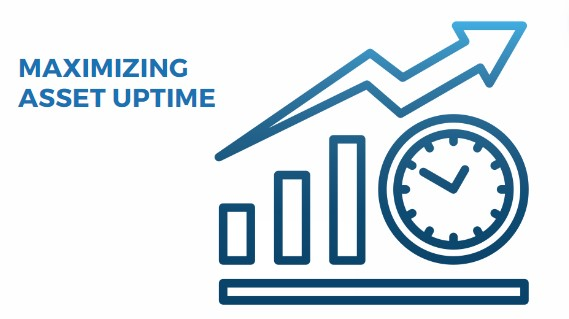
Step 2: Organize assets effectively -
Organizing assets effectively is crucial for successful PPM implementation. Start by creating a comprehensive inventory of all equipment and facilities requiring maintenance. Categorize assets based on criticality and priority to prioritize maintenance efforts. Implement a system for asset tracking and management to ensure timely maintenance interventions. By organizing assets effectively, organizations can optimize maintenance scheduling and resource allocation, leading to improved asset reliability and performance.
Step 3: Training and execution of maintenance strategy -
Training plays a vital role in the successful implementation of planned maintenance. Provide training to maintenance technicians on PPM procedures, equipment maintenance protocols, and the use of planned maintenance software. Ensure that technicians understand their roles and responsibilities in executing the maintenance strategy effectively. Encourage proactive communication and collaboration within the maintenance teams to foster a culture of continuous improvement. By investing in training and development, organizations can enhance the competency and efficiency of their maintenance teams.
Step 4: Develop planned maintenance checklists -
Developing comprehensive maintenance checklists is essential for ensuring consistency and thoroughness in maintenance tasks. Collaborate with maintenance technicians and subject matter experts to create detailed checklists for different types of equipment and facilities. Include specific tasks, inspection criteria, and frequency of maintenance activities in the checklists. Regularly review and update the checklists to incorporate any changes in equipment specifications or maintenance requirements. By using standardized checklists, organizations can ensure that maintenance tasks are performed systematically and in accordance with best practices.
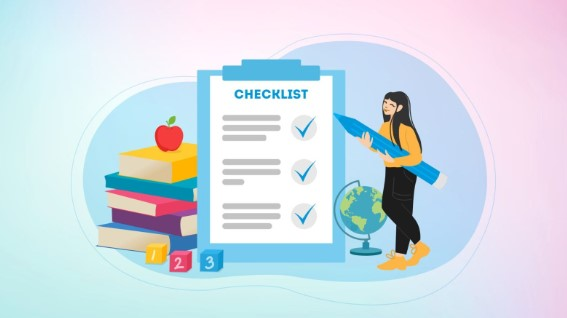
Empowering your maintenance team
Empowering your maintenance teams is critical for fostering a culture of ownership and accountability. Provide technicians with the necessary tools, resources, and support to carry out their duties effectively. Encourage innovation and problem-solving skills among team members to identify and implement process improvements. Recognize and reward outstanding performance to motivate and incentivize the maintenance team. Foster open communication and collaboration to facilitate knowledge sharing and cross-training opportunities. By empowering your teams of maintenance technician, organizations can drive continuous improvement and achieve operational excellence in maintenance operations.
Creating a Planned Maintenance Checklist
A well-designed checklist serves as a roadmap for maintenance technicians, guiding them through the necessary steps to ensure equipment reliability and performance.
Characteristics of an preventive maintenance checklist
Clear and concise documentation - An effective preventive maintenance checklist should provide clear and concise documentation of maintenance tasks to be performed. Each task should be clearly defined, with specific instructions and requirements outlined for technicians to follow. Clear documentation helps minimize confusion and ensures that maintenance activities are carried out accurately and efficiently.
Sequential order of steps - The checklist should follow a logical and sequential order of steps to ensure that maintenance tasks are performed in the most efficient manner. Tasks should be organized in a systematic manner, with priority given to critical maintenance activities. Starting with preliminary checks and inspections, the checklist should then progress to more complex tasks, ensuring thorough coverage of all maintenance requirements.
Regular updates and revisions - Maintenance requirements and equipment specifications may change over time, necessitating regular updates and revisions to the checklist. It's essential to review the checklist periodically and incorporate any changes or updates to equipment configurations, maintenance procedures, or safety protocols. By keeping the checklist up-to-date, organizations can ensure that maintenance activities align with current best practices and industry standards.
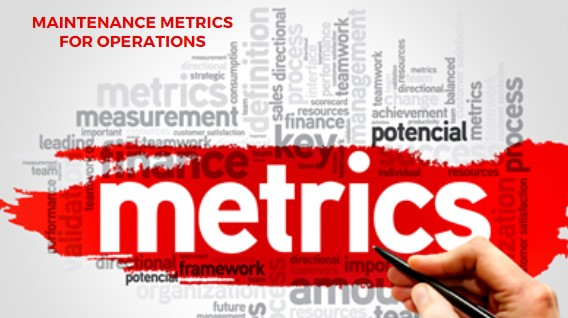
In addition to these characteristics, an effective checklist should also include the following elements:
Equipment Identification: Each item on the checklist should clearly identify the equipment or asset to be maintained. This helps technicians identify the correct equipment and ensures that maintenance tasks are performed on the right assets.
Task Descriptions: Tasks on the checklist should include detailed descriptions of the maintenance activities to be performed. This may include inspections, lubrication, calibration, repairs, or replacements. Clear task descriptions help technicians understand the scope of work and perform tasks accurately.
Frequency of Maintenance: The checklist should specify the frequency at which each maintenance task should be performed. Whether it's daily, weekly, monthly, or annually, having a predetermined schedule helps ensure that maintenance activities are conducted at the appropriate intervals.
Safety Precautions: Safety should always be a top priority in maintenance operations. The checklist should include relevant safety precautions and procedures to be followed during maintenance activities. This may include wearing personal protective equipment (PPE), locking out equipment, or following specific safety protocols.
By incorporating these elements into an effective planned maintenance checklist, organizations can streamline their maintenance processes, improve equipment reliability, and minimize unplanned downtime.
Benefits of a Planned Maintenance Program
Increasing workplace safety
One of the primary benefits of a planned maintenance program is the enhancement of workplace safety. By conducting regular inspections and addressing potential hazards proactively, organizations can create a safer working environment for employees. Identifying and rectifying safety issues before they escalate into accidents or injuries helps minimize risks and ensures compliance with safety regulations.
Efficient completion of work tasks
Planned maintenance programs streamline maintenance operations, leading to the efficient completion of work tasks. By scheduling maintenance activities in advance and prioritizing critical tasks, organizations can optimize resource allocation and minimize downtime. Technicians can focus on performing preventive maintenance tasks systematically, resulting in improved productivity and operational efficiency.
Prolonging asset lifespan
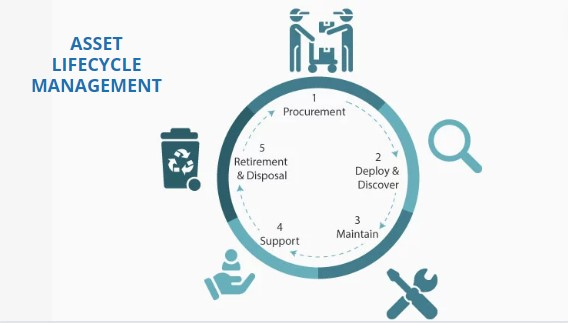
Regular maintenance is essential for prolonging the lifespan of assets and equipment. By conducting preventive maintenance tasks such as inspections, lubrication, and calibration, organizations can identify and address issues before they lead to equipment failure or deterioration. This proactive approach helps extend the operational lifespan of assets, reducing the need for premature replacements and costly downtime.
Cost-saving advantages
Perhaps one of the most significant benefits of a planned maintenance program is its cost-saving advantages. By preventing unexpected breakdowns and minimizing downtime, organizations can avoid costly repairs, emergency maintenance expenses, and loss of productivity. Additionally, preventive maintenance helps identify inefficiencies and potential areas for improvement, leading to long-term cost savings and improved profitability.
The benefits of a planned maintenance program extend far beyond mere cost savings, encompassing workplace safety, operational efficiency, asset longevity, and overall organizational performance. By investing in a proactive maintenance approach, organizations can optimize their maintenance operations, enhance workplace safety, and achieve long-term success.
Creating a Preventive Maintenance Plan
Five simple steps to create a plan
Step 1: Identify goals and priorities
Step 2: Utilize preventive maintenance software -
Begin by identifying the goals and priorities of your preventive maintenance program. Determine the key objectives you aim to achieve, such as reducing downtime, extending asset lifespan, or improving safety. Assess the criticality of your equipment and prioritize maintenance activities based on their importance to your operations.
Step 3: Establish a maintenance schedule -
Develop a maintenance schedule outlining the frequency and timing of preventive maintenance tasks. Consider factors such as equipment usage, environmental conditions, and manufacturer recommendations when scheduling maintenance activities. Create a balanced schedule that minimizes disruption to operations while maximizing asset reliability.
Step 4: Training and implementation -
Provide training to maintenance technicians on the preventive maintenance procedures outlined in the plan. Ensure that technicians are familiar with the use of preventive maintenance software and understand their roles and responsibilities. Implement the preventive maintenance plan gradually, starting with critical equipment and gradually expanding to cover all assets.
Step 5: Monitoring and adjustment -
Regularly monitor the performance of your preventive maintenance program and make adjustments as needed. Track key performance indicators such as equipment uptime, maintenance costs, and compliance with maintenance schedules. Evaluate the effectiveness of your maintenance plan and make improvements based on feedback and data analysis.
Elements of a Successful Preventive Maintenance Program
Stakeholder engagement -
Stakeholder engagement is critical for the success of a preventive maintenance program. It involves involving all relevant stakeholders, including management, maintenance technicians, and end-users, in the planning and execution of maintenance activities. By soliciting input from stakeholders and addressing their concerns, organizations can ensure buy-in and support for the preventive maintenance program.
Effective team communication -
Effective communication within the maintenance team is essential for coordinating maintenance activities and ensuring smooth operations. Regular communication channels should be established to facilitate the exchange of information, updates, and feedback. Clear communication helps prevent misunderstandings, reduces errors, and fosters collaboration among team members.

Detailed asset inventory -
A detailed asset inventory forms the foundation of a preventive maintenance program. It involves compiling a comprehensive list of all equipment, machinery, and facilities requiring maintenance. Each asset should be accurately documented, including relevant information such as make, model, serial number, and maintenance history. A detailed asset inventory helps prioritize maintenance tasks, allocate resources effectively, and track asset performance over time.
Consistency in maintenance efforts -
Consistency is key to the success of a preventive maintenance program. Maintenance tasks should be performed consistently according to predetermined schedules and procedures. Adherence to maintenance standards and protocols helps maintain equipment reliability, minimize downtime, and extend asset lifespan. Consistent maintenance efforts also contribute to improved safety and compliance with regulatory requirements.
Choosing the right Computerized Maintenance Management System (CMMS) -
Selecting the right Computerized Maintenance Management System (CMMS) is crucial for effectively managing preventive maintenance activities. A CMMS streamlines maintenance operations by providing tools for scheduling, tracking, and managing maintenance tasks. Organizations should choose a CMMS that aligns with their specific needs and requirements, considering factors such as scalability, usability, and integration capabilities.
Comparison: Planned vs. Reactive Maintenance
Cost analysis
Planned preventive maintenance involves scheduling regular maintenance tasks to prevent equipment failures and downtime proactively. While it may require upfront investment in resources such as maintenance software, training, and equipment, PPM tends to result in lower long-term maintenance costs. By addressing issues before they escalate, organizations can avoid costly emergency repairs and downtime associated with reactive maintenance.
In contrast, reactive maintenance focuses on fixing equipment issues as they arise, often leading to higher overall maintenance costs. Emergency repairs, expedited shipping of replacement parts, and overtime labor expenses can drive up maintenance expenditures significantly. Additionally, reactive maintenance may result in indirect costs such as production losses and damage to critical assets.
Efficiency and effectiveness
Planned preventive maintenance is inherently more efficient and effective than reactive maintenance. By proactively identifying and addressing potential issues, PPM helps minimize unplanned downtime, optimize equipment performance, and extend asset lifespan. Maintenance tasks are performed systematically according to predetermined schedules, reducing the likelihood of equipment failures and associated disruptions.
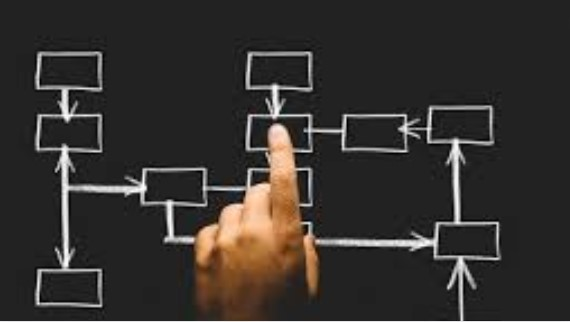
Reactive maintenance, on the other hand, is characterized by a "fix it when it breaks" approach, which can lead to inefficiencies and reduced effectiveness. Equipment failures often occur unexpectedly, resulting in rushed repairs and increased downtime. While reactive maintenance may provide short-term solutions to immediate problems, it fails to address underlying issues or prevent future failures.
Long-term implications
In the long term, planned preventive maintenance services offers several advantages over reactive maintenance. PPM helps organizations maintain critical assets in optimal condition, reducing the risk of costly breakdowns and downtime. By prioritizing preventive maintenance plans and investing in maintenance resources and professionals, organizations can achieve greater operational reliability and efficiency.
In contrast, relying solely on reactive maintenance can have detrimental long-term implications. Equipment downtime, production losses, and reactive repair costs can erode profitability and competitiveness over time. Furthermore, neglecting preventive maintenance may result in premature equipment failure, jeopardizing business continuity and customer satisfaction.
Conclusion
While both planned preventive maintenance and reactive maintenance have their place in maintenance management, PPM emerges as the preferred strategy for organizations seeking to minimize costs, enhance efficiency, and mitigate long-term risks. By prioritizing proactive maintenance strategies and investing in preventive maintenance plans, organizations can optimize asset performance and achieve sustainable business success.